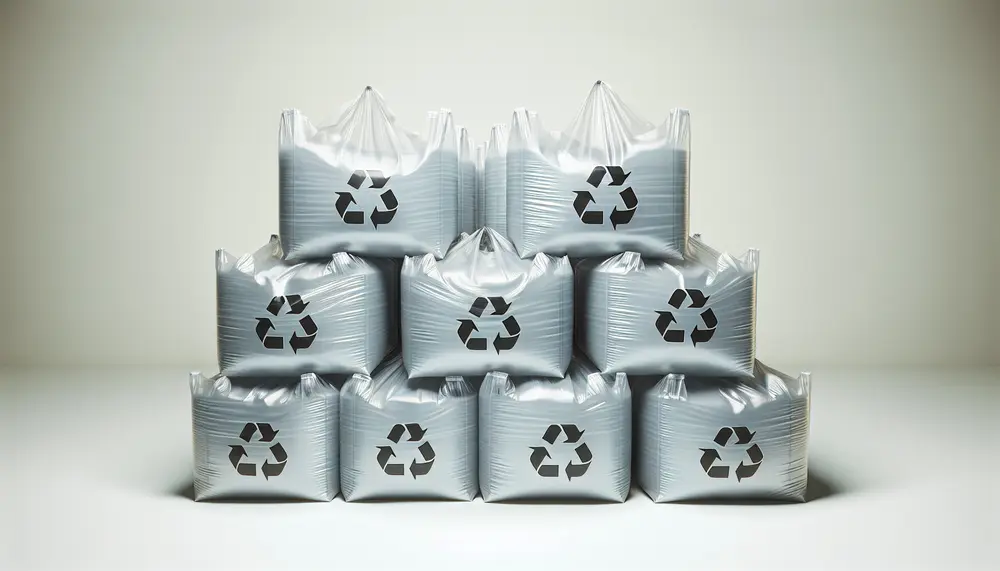Resin identification code
Resin identification code
Resin Identification Code
The Resin Identification Code (RIC) is a system used to identify the type of plastic resin used in packaging materials. It helps in the sorting and recycling process. Each code is a number from 1 to 7, often found inside a triangle of arrows on plastic products.
Why is the Resin Identification Code Important?
The Resin Identification Code is crucial for recycling. It tells you what type of plastic the item is made from. This information helps recycling facilities sort plastics correctly, ensuring they are processed in the right way.
Understanding the Codes
Each number in the Resin Identification Code represents a different type of plastic:
- 1 - PET: Polyethylene Terephthalate, used in water bottles and food containers.
- 2 - HDPE: High-Density Polyethylene, found in milk jugs and detergent bottles.
- 3 - PVC: Polyvinyl Chloride, used in pipes and some food wraps.
- 4 - LDPE: Low-Density Polyethylene, found in plastic bags and some bottles.
- 5 - PP: Polypropylene, used in yogurt containers and straws.
- 6 - PS: Polystyrene, found in disposable coffee cups and plastic cutlery.
- 7 - Other: Includes various other plastics like acrylic and nylon.
How to Use the Resin Identification Code
Look for the Resin Identification Code on plastic packaging. It is usually located at the bottom of the item. This code helps you know how to dispose of the plastic properly. Check local recycling guidelines to see which codes are accepted in your area.
Conclusion
The Resin Identification Code is a simple yet effective tool. It helps in the recycling process and ensures plastics are reused efficiently. By understanding these codes, you can contribute to a more sustainable environment.
Blog Posts with the term: Resin identification code

HDPE packaging is valued for its durability, lightweight nature, and resistance to environmental factors. It's versatile in shape and size customization, cost-effective during transport due to its light weight, and environmentally friendly as it's 100% recyclable. High-density polyethylene (HDPE) is a...

High-Density Polyethylene (HDPE) is a durable, versatile thermoplastic with a high strength-to-density ratio used in packaging, construction, and various other applications due to its resistance to impact and chemicals. HDPE's production involves polymerization of ethylene gas using different methods that...

HDPE bags are known for their strength, flexibility, and eco-friendliness due to their robust molecular structure; they resist impacts, chemicals, moisture, and temperature variations while being recyclable. Their durability allows multiple uses and secure transportation of goods with less environmental...

Sustainable packaging minimizes environmental impact through eco-friendly, efficient, and recyclable materials. It addresses pollution concerns, meets consumer demands for green practices, and provides competitive advantages to companies. The evolution of eco-friendly packaging has progressed from reducing material use to introducing biodegradable...

Plastic packaging for cleaning agents is designed to be chemically resistant and secure, with specific plastics chosen based on their interaction with the product's chemicals. Child-safe features like CR closures are essential for preventing accidental access by children. Eco-friendly plastic options...
